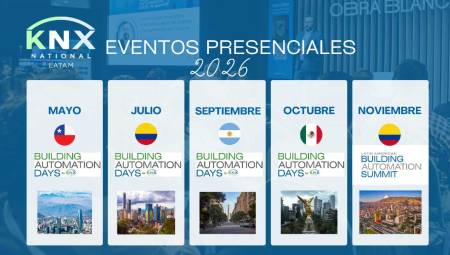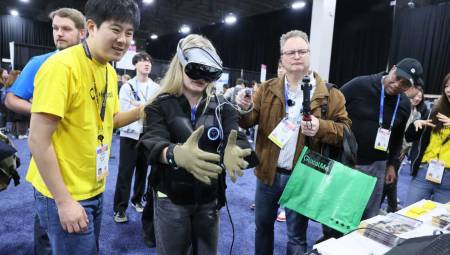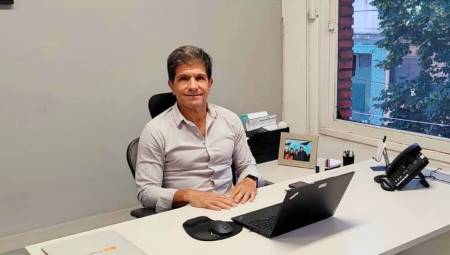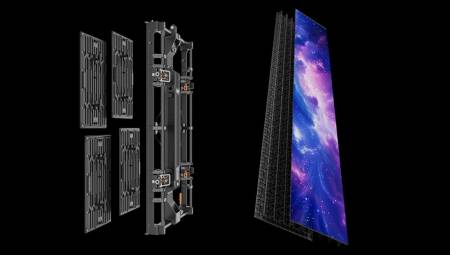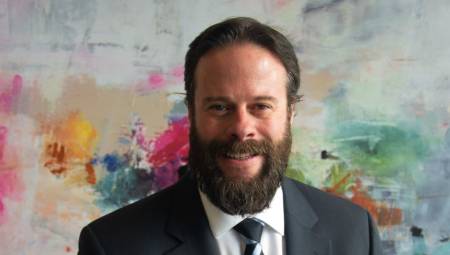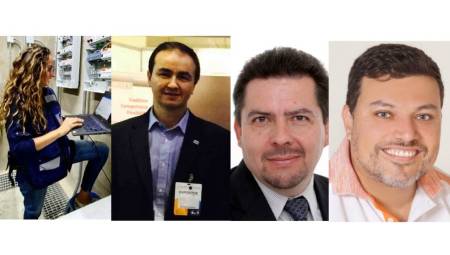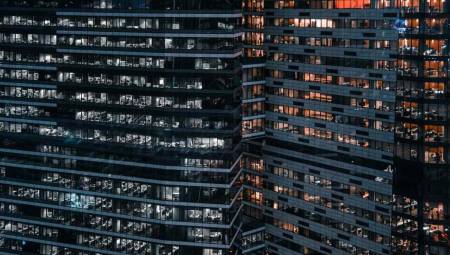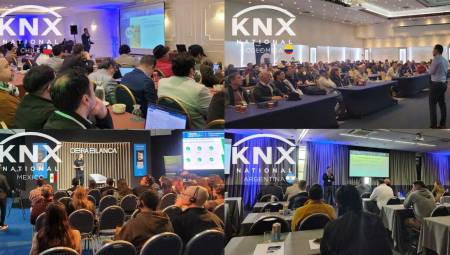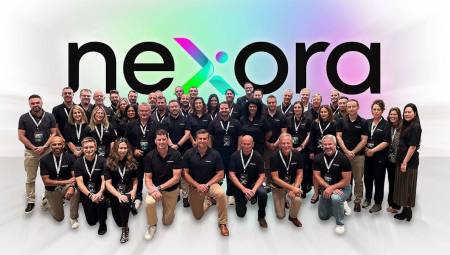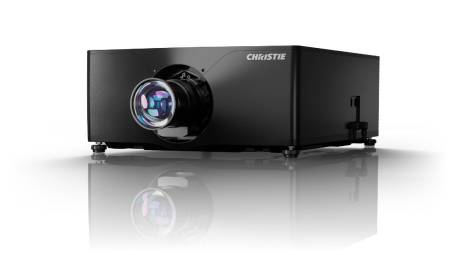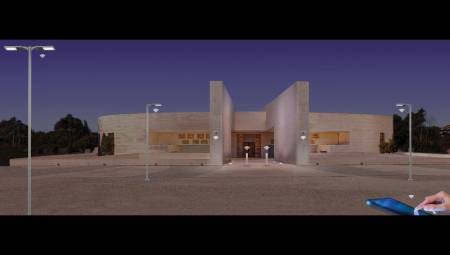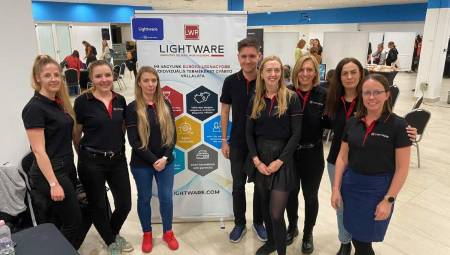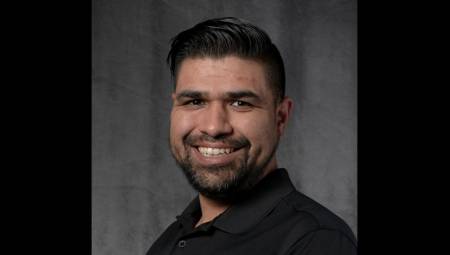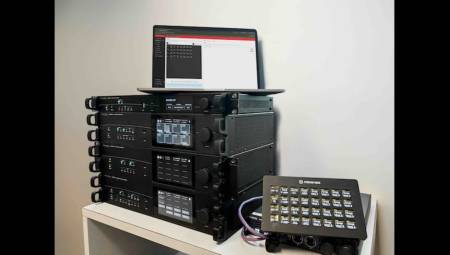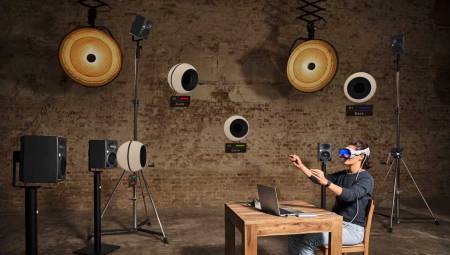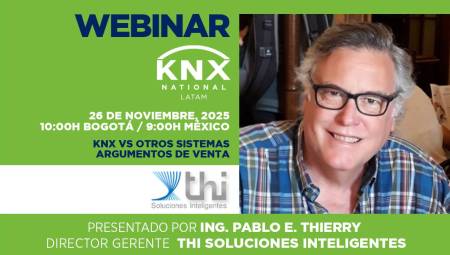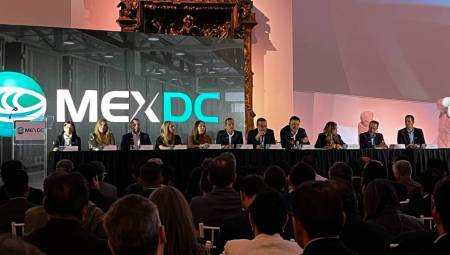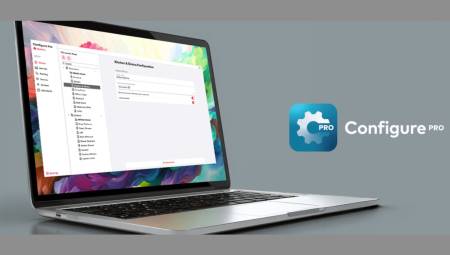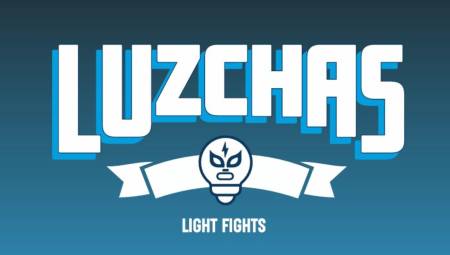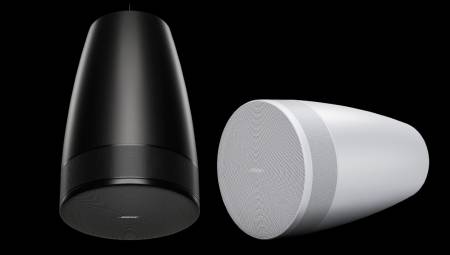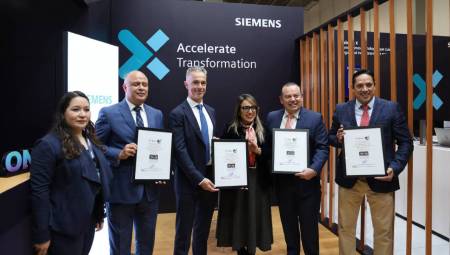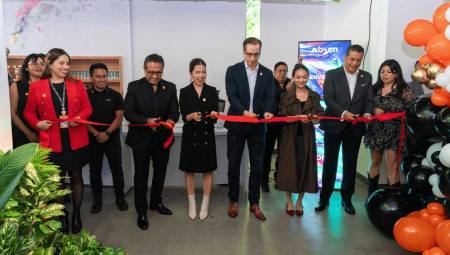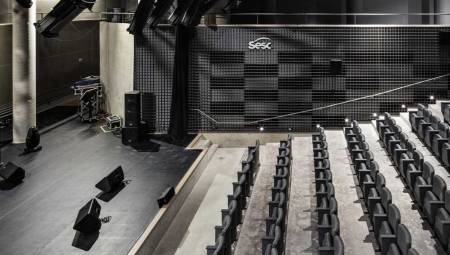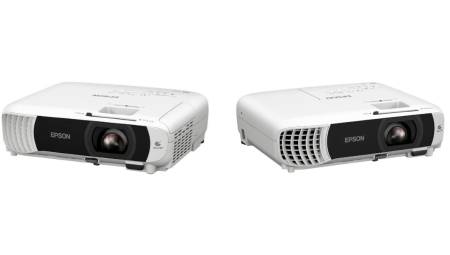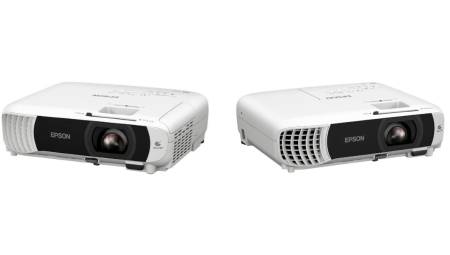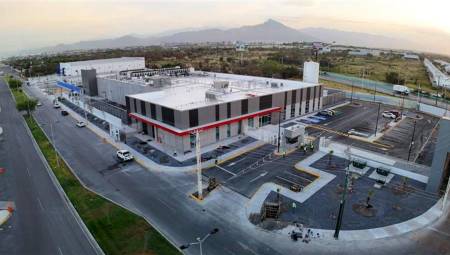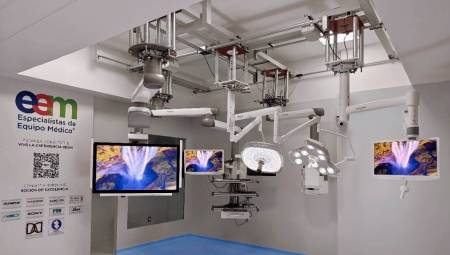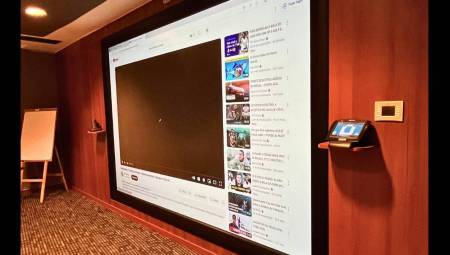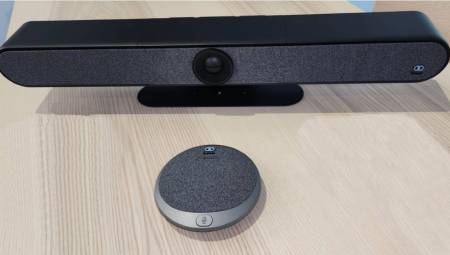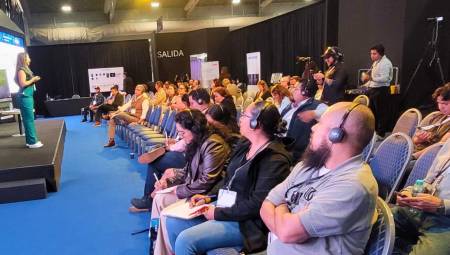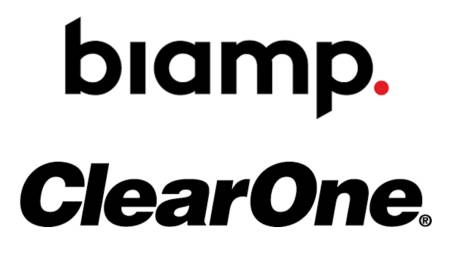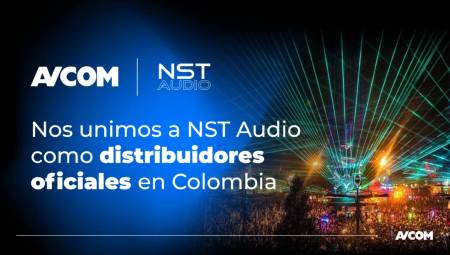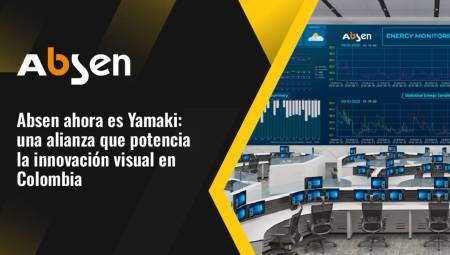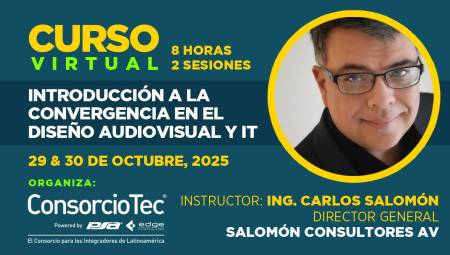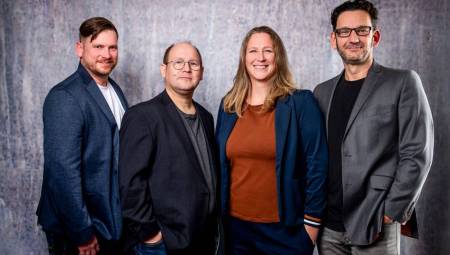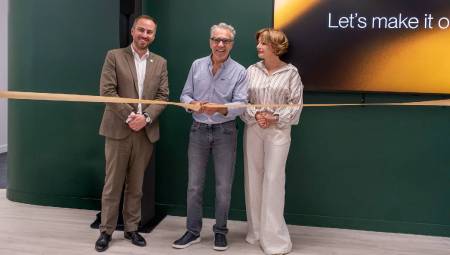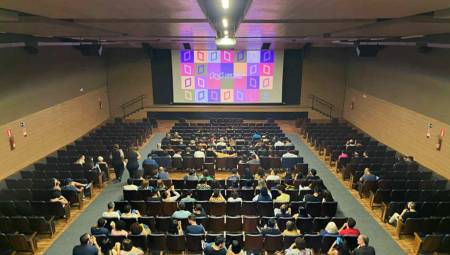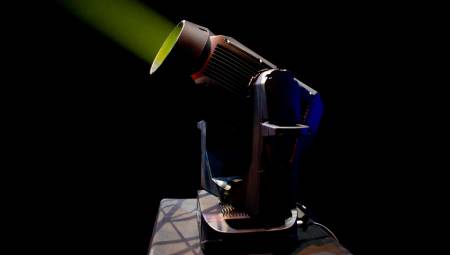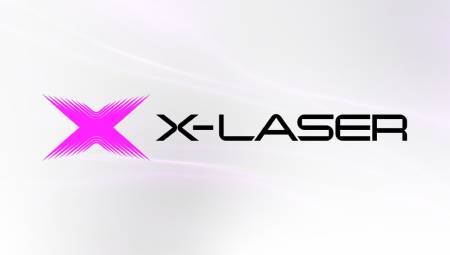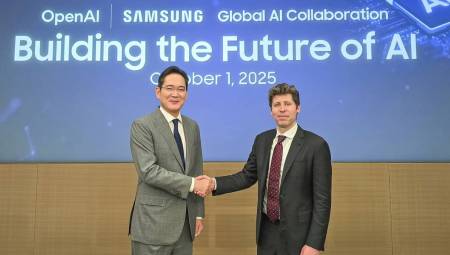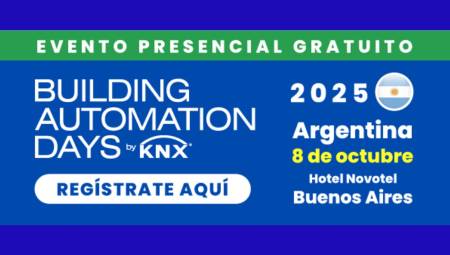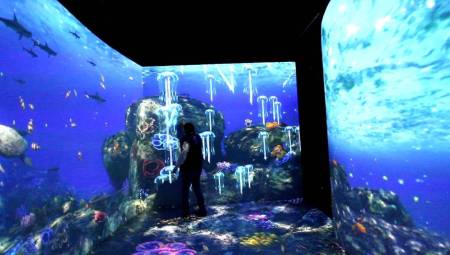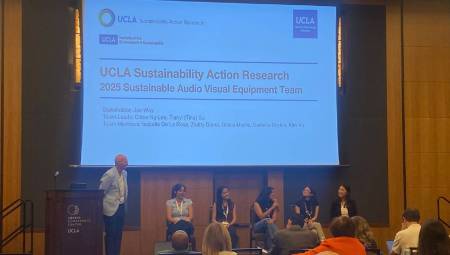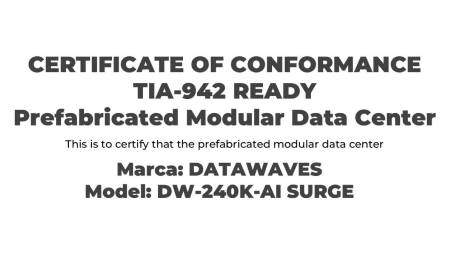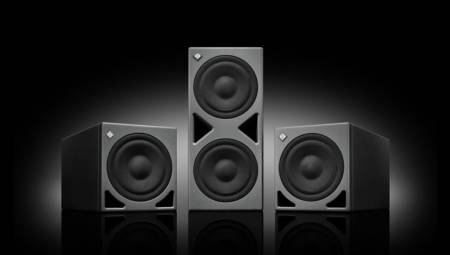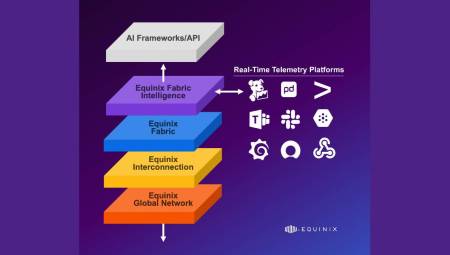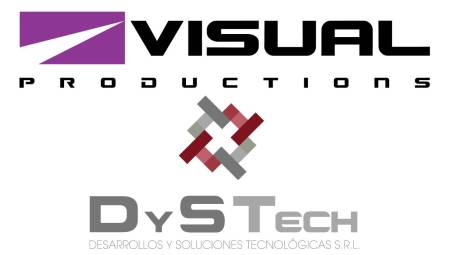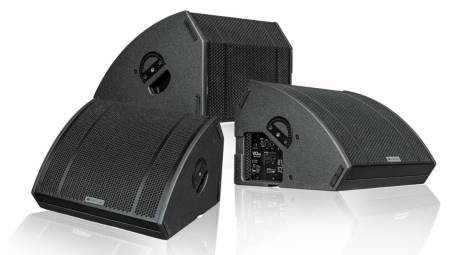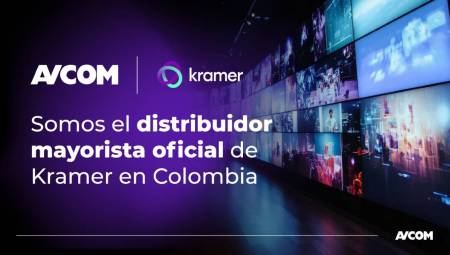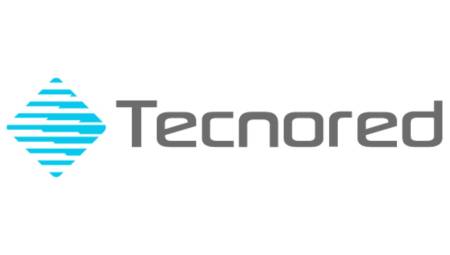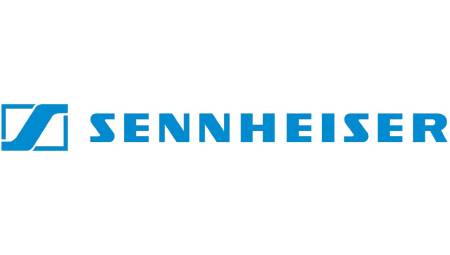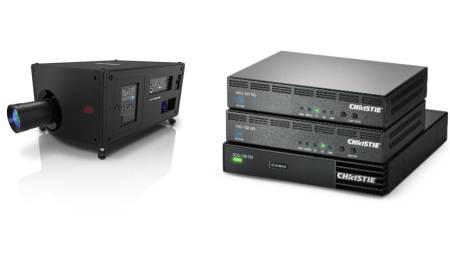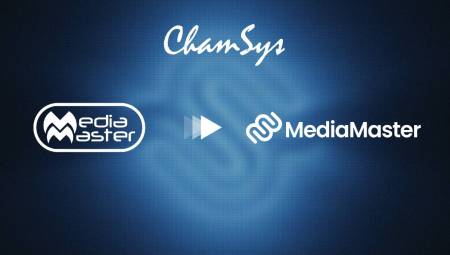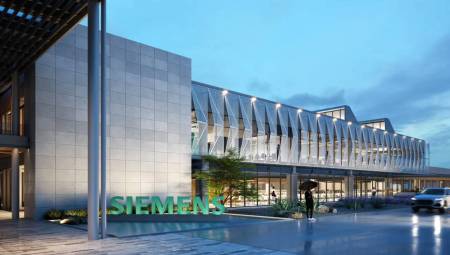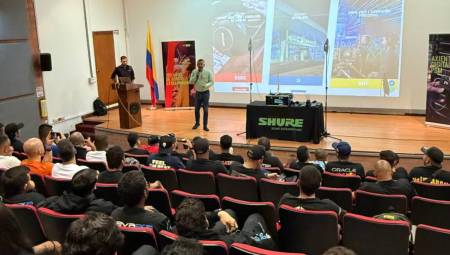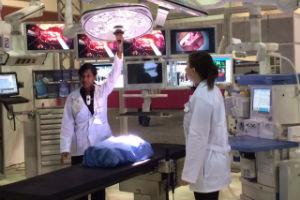 The healthcare sector will become another important market niche for digital signage. Doctors still need to understand all the benefits they can achieve.
The healthcare sector will become another important market niche for digital signage. Doctors still need to understand all the benefits they can achieve.
By Stephanie Gutnik*
It was not easy to find digital signage at the HIMSS 2014 conference and exhibition. Although "digital" was on everyone's lips, mobile technology (or mHealth) was the protagonist, while digital signage was ignored, even in presentations about personalized and participatory health experiences through digital channels.
If asked about this medium, several veterans of health information technology (HIT) would claim that it is an excellent solution for guidance systems, satisfied to be able to understand the term and its applications.
This reality could surprise those who move comfortably in the field of digital signage, who take for granted the awareness and appreciation that the general public has about local digital networks at points of care, such as Accent Health and Health Media Network. Competitors in this niche are well aware of the benefits that digital signage networks in the health sector bring to doctors, patients and advertisers.
Doctors can convey personalized messages to patients who are waiting for their appointment. For their part, patients are entertained and informed with informative and attractive content directly related to their visit and / or health. Finally, advertisers reach customers in the trusted confines of their doctors' offices.
That said, it's worth noting that the low awareness of the benefits of digital signage among the 1,200 exhibitors and 37,000 healthcare professionals who attended HIMSS is understandable, considering some major changes your industry is facing. The Omnibus Rule of September 2013 updated several laws, including HITECH and HIPAA, introducing more stringent regulations regarding notification of violations of privacy, the rights of patients and business partners.
The sector is also trying to create interoperability standards for the exchange of information across multiple channels and participants, and is addressing privacy and security through the PPT framework, which stands for people, processes and technology.
Another hot topic has to do with the realization of the significant HITECH initiative, so that health care providers take an active and responsible role in educating and motivating the public to participate more in electronic access and communication.
On second thought, if we take into account these important drivers of change, there is no excuse for not assigning the greatest importance to digital signage, in terms of HIT infrastructure and digital communication strategies. A presentation on the WEDI report supported this claim by comparing its initial targets in 1993 with those of the 2013 update.
With patients at the core of the health ecosystem, the goals of the most recent report include offering better care and higher quality at a lower cost, decreasing waste while increasing efficiency and improving patient safety and active participation.
One of the recommendations of the report to meet these objectives is to involve the patient, to get the right message across to the right person in the right place at the right time. It may sound familiar to digital signage providers and operators.
Yes, guidance systems are an excellent application of digital signage in hospitals and clinics, as illustrated by this article published in The Wall Street Journal. However, when doctors are faced with the task of turning patient activation into engaged engagement, digital communication gets to where patients are and can be tailored to their lifestyles.
Patients want to be connected with their doctors. The convenience and ease of use of mHealth solutions is a breakthrough, but it won't be fully effective until it's integrated with the local digital networks of medical facilities... and vice versa.
The patient-centered healthcare system is like the digital signage sector, focused on the viewer, or, to be more precise, they are one and the same thing. Keeping the doctor away is no longer the goal of the doctor or the patient. Today efficient and effective communication is easier than ever and the main winner here is your health.
*Stephanie Gutnik is a Content Specialist at BroadSign International, LLC




